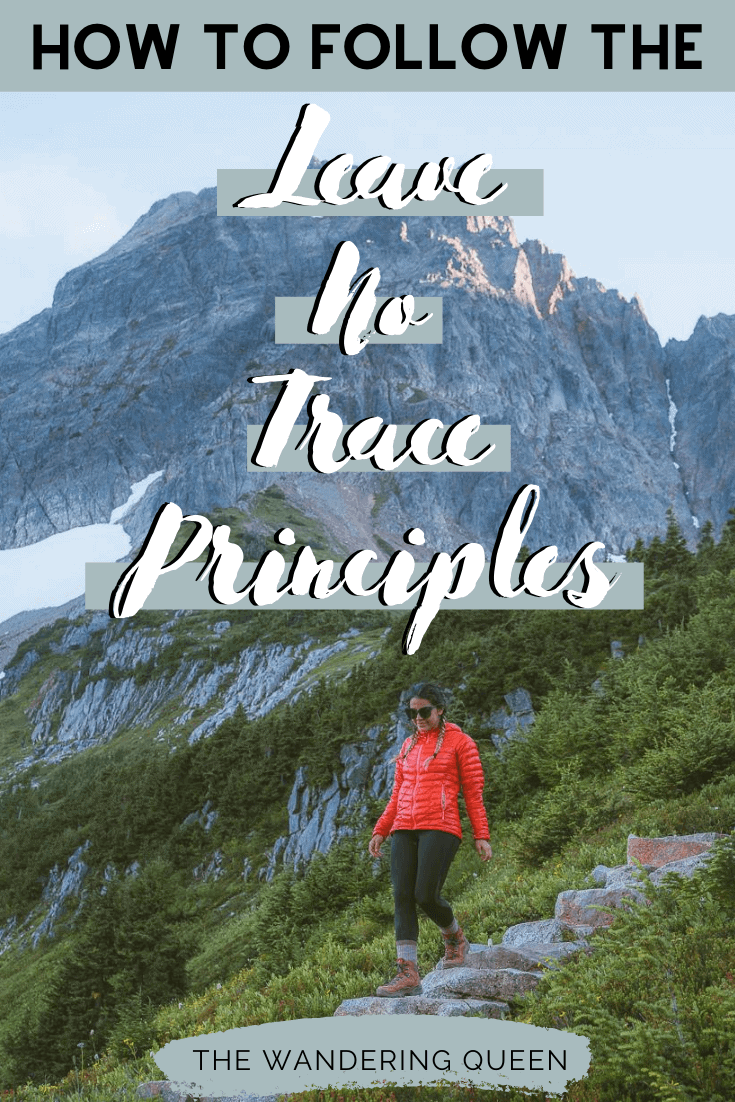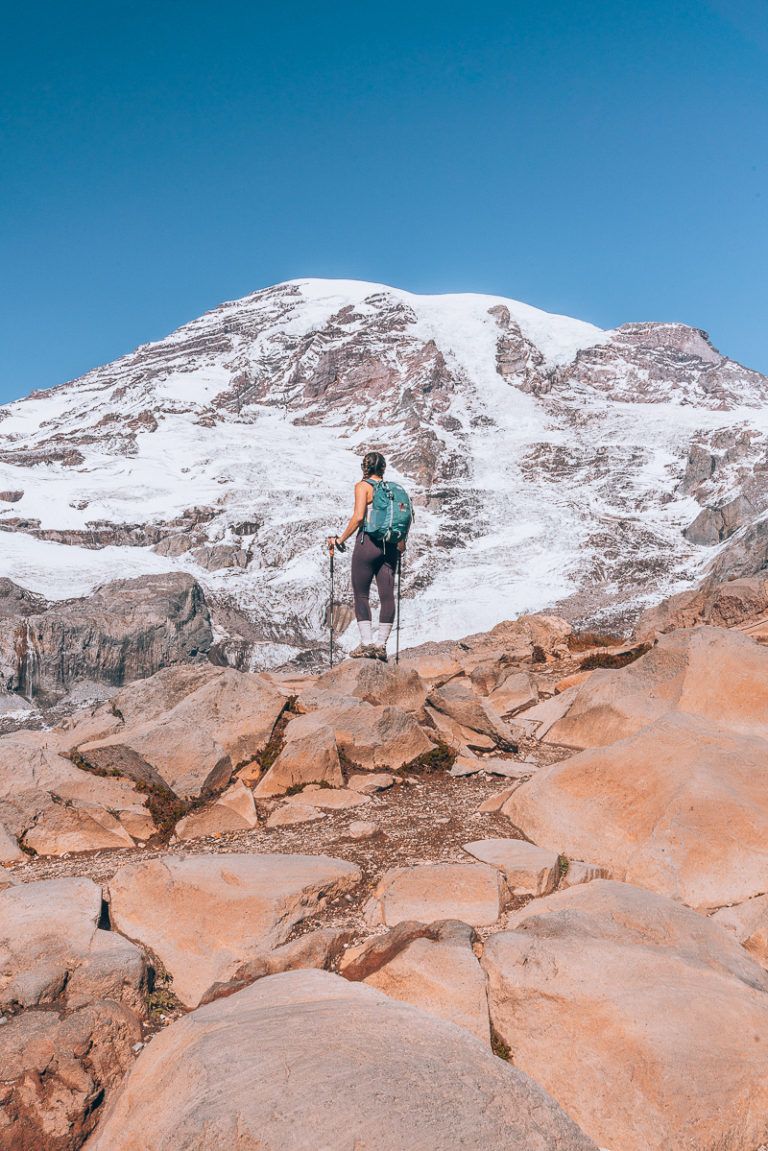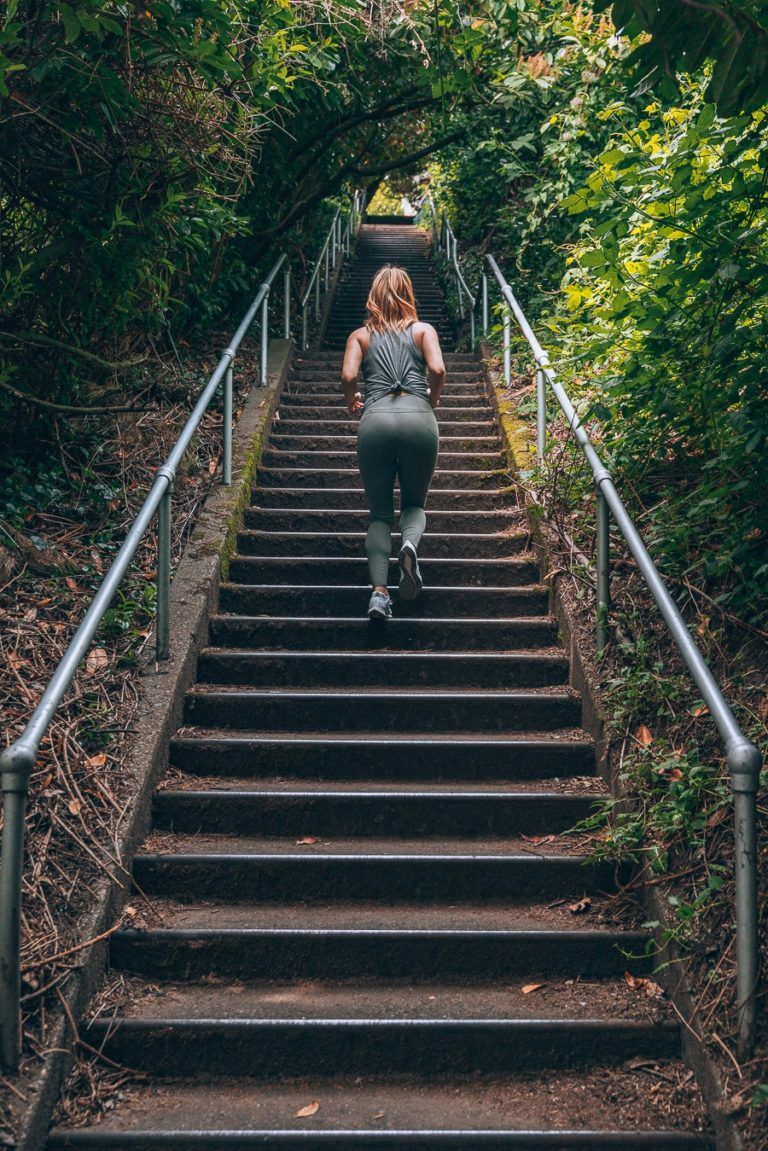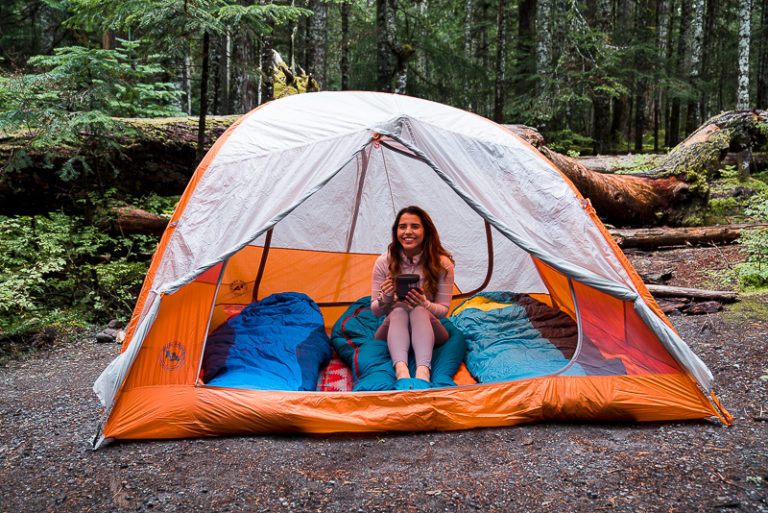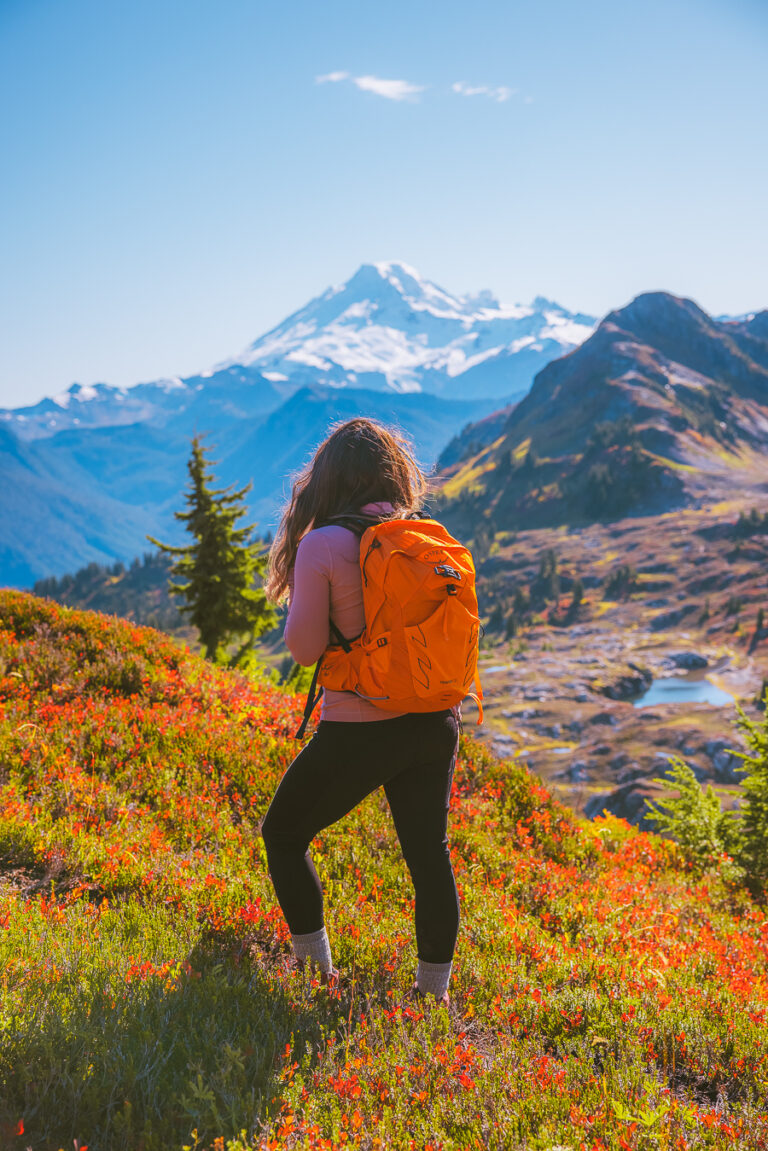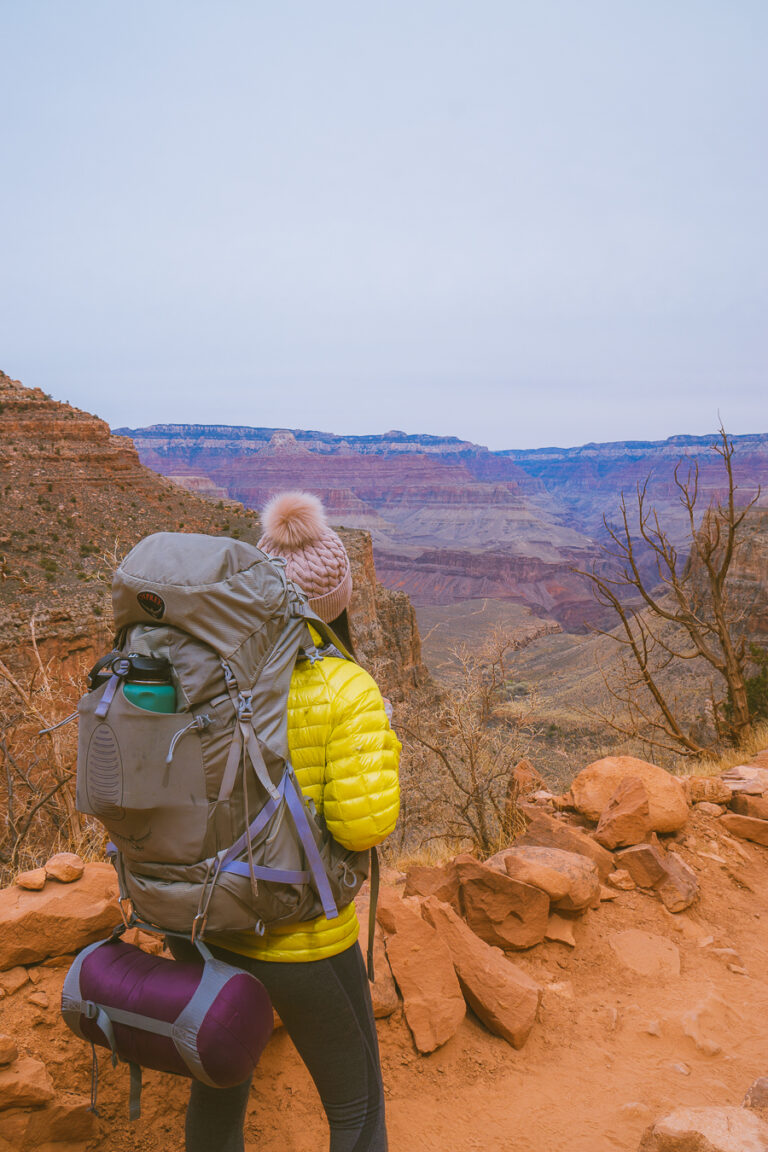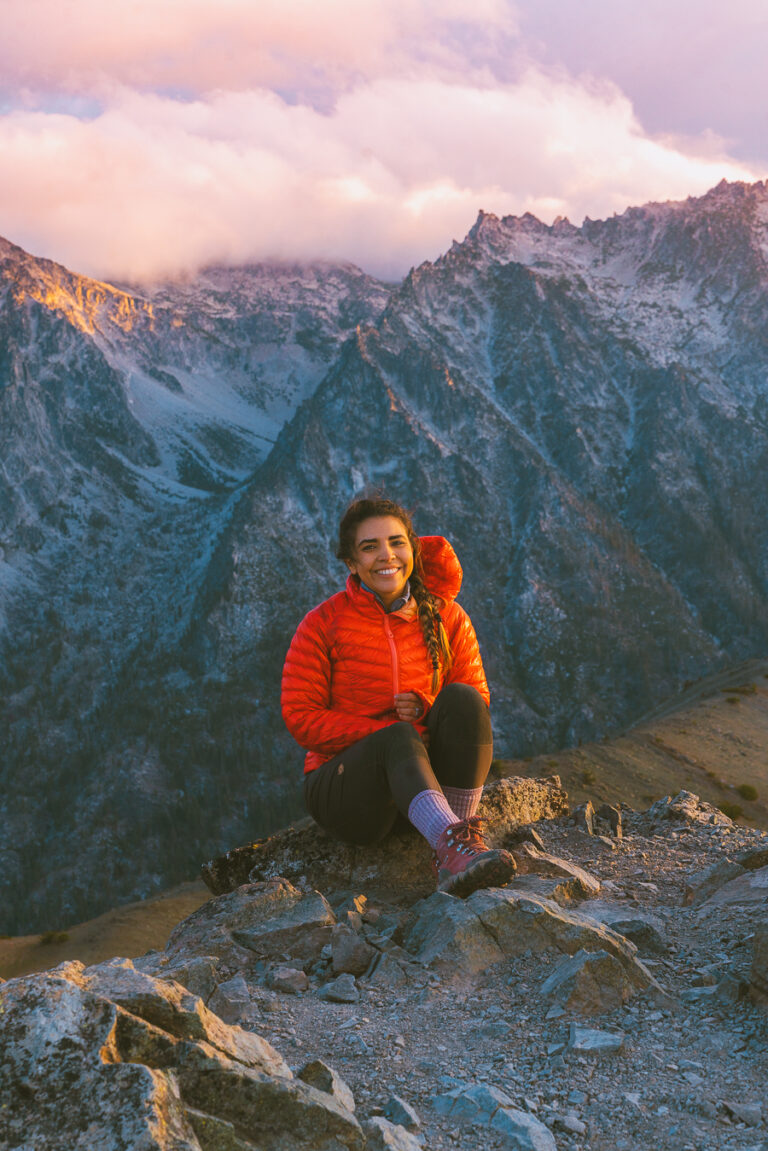What Are The 7 Principles Of Leave No Trace?
The 7 Principles of Leave No Trace is probably one of the most important blog posts I have ever written. This year due to COVID, a massive amount of people started to recreate outside. This honestly makes me so happy that people are finding ways to stay connected to the beautiful outdoors.
But because of the massive crowds and new people that have never heard of the LNT principles, I have noticed that the trails are being destroyed and trashed. So I have decided to write this blog post that is extremely important to our outdoor community. The more people see this, the easier it will be to recreate outside. If trails are trashed and mishandled by us, guess what happens? They close them down! And then no one gets to enjoy the trails. So please share this post, pin it, and talk about it with friends and family. Don’t ever assume that people know these principles. Be very open about LNT and try to talk about it with as many people as you can.
I have hiked and backpacked with newbie hikers, and I always pick up trash, tell them not to feed animals, and tell them about outdoor etiquette. I try to set an example, but I don’t ever shame. Shaming or bullying is something that the LNT website is very against.
So below, I go over all the principles with my experiences, but you can also read the official Leave No Trace website to get more clarity. Please share the LNT website as well! The more people see this, the more people will recreate responsibly.
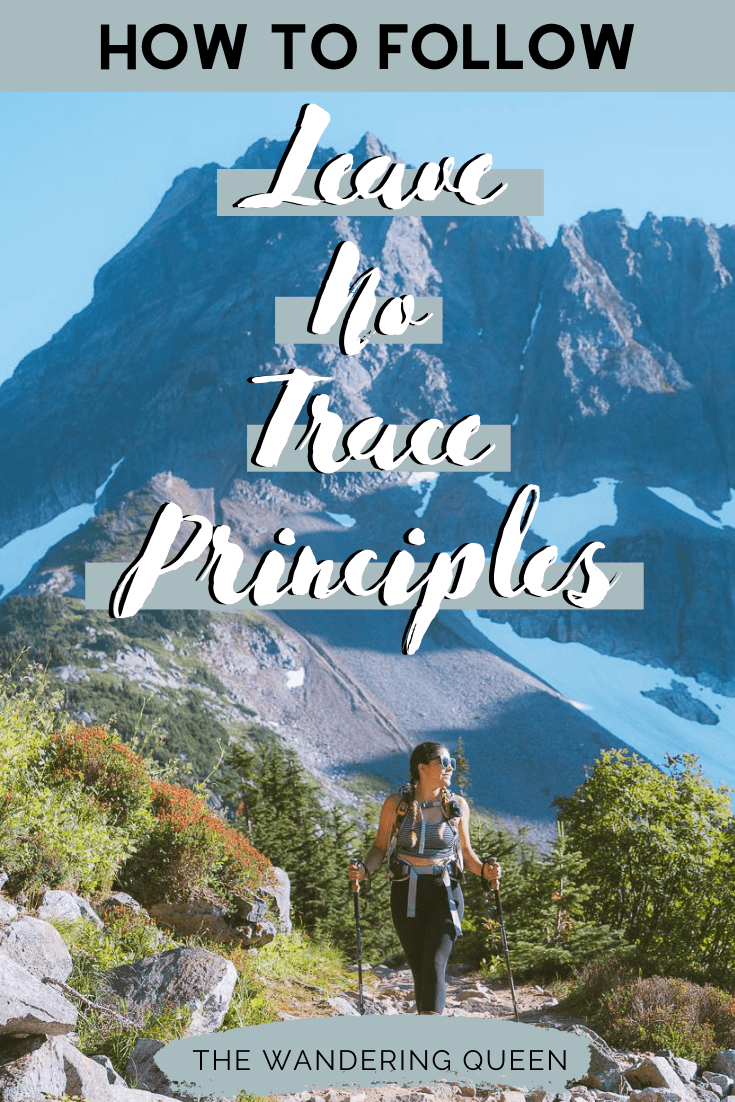
Disclosure: This post contains affiliate links. If you click one of them, I may receive a small commission (for which I am very grateful for) at no extra cost to you.
Download my free Outdoor Photography Guide
The 7 Principles Of Leave No Trace
Plan Ahead And Prepare
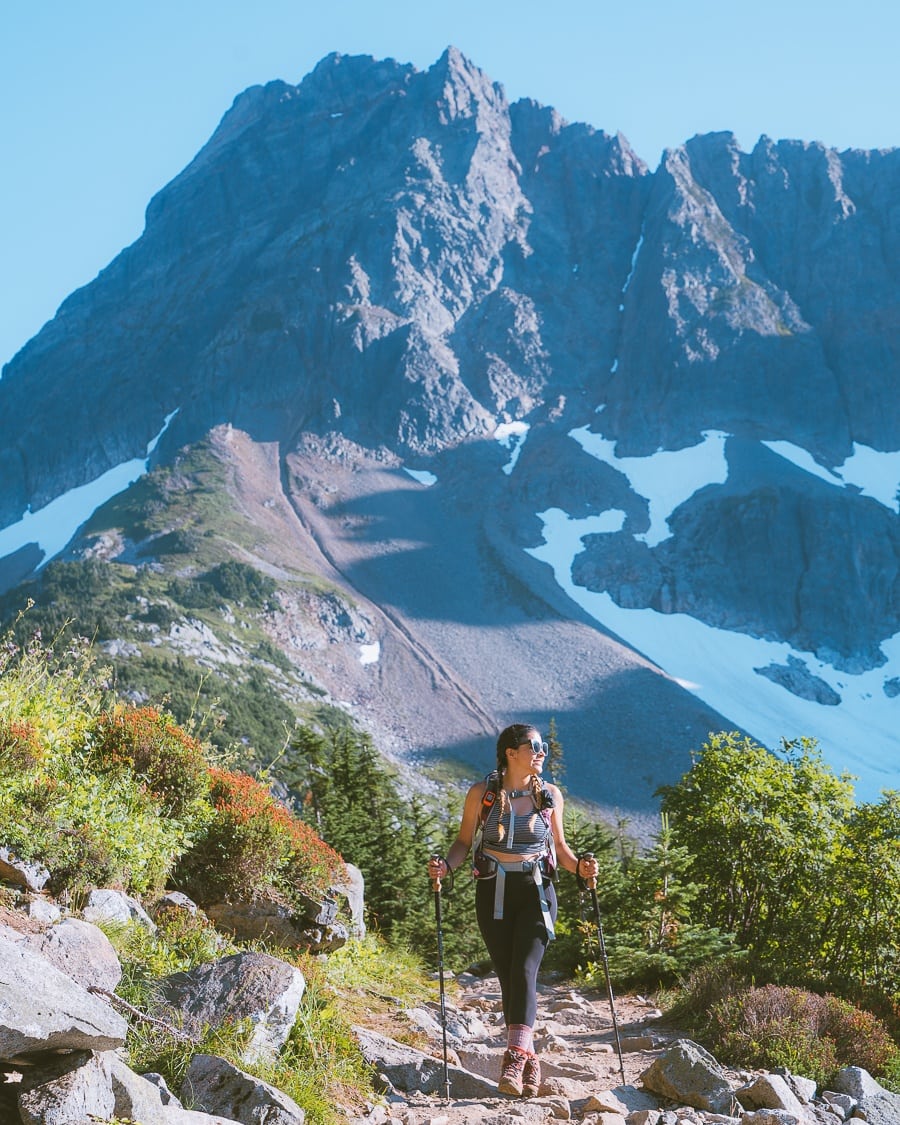
The number 1 rule of leave no trace is to plan. The more prepared you are, the more likely you will be following the rest of the leave no trace rules. Plus, it will be a lot more enjoyable for everyone.
I know many people love to be spontaneous with their travels, but it is best to do that for city travel where it is a lot safer, and you can quickly call for help. In the outdoors, this is not the case. It is always best to be prepared and to plan, so you avoid any emergencies out in the wilderness with no reception.
- Pick out the activity you want to do. Will it be hiking? Backpacking? Kayaking? Or just camping?
- Who will be doing this activity with you? Have they hiked or backpacked before? If they haven’t make sure to pick an easy trip so that everyone can enjoy. It is no fun inviting a friend that will be miserable the whole way up the trail.
- If your friends are newbies, make sure to tell them about leave no trace. People assume that everyone knows, but from the trash I have been seeing on the trails this year, it seems like not everyone knows.
- Once you pick out your activity, research where you want to go, read about the different rules about the area, and the activity you will be doing. For example, you might want to backpack to a serene turquoise lake, but there are rules about camping next to the lake. Or you might need a permit to backpack to this lake. These are just a few examples. The more you research the rules, the more likely you are to leave no trace.
- Research how much food and water you might need to bring on your trip. Repackage the food to minimize waste. Remember that everything you pack in, you must pack out.
- Let people know where you are going. Give them your itinerary, car license plates, and time you think it will take to complete. Have extra time to take pictures and rest.
- Check the weather before heading out. Not having a rain jacket or layers during a storm can lead to hypothermia. I like to use this website called Windy to look at the weather. It is easy to pinpoint locations in the mountains, unlike the weather channel app.
- Research what you need to pack. If you are hiking, you might need the ten essentials, of course, but if you are backpacking, you might need a lot more equipment. Certain climates require specific equipment. For example, backpacking in Utah will probably be different than hiking in the Pacific Northwest.
Travel And Camp On Durable Surfaces
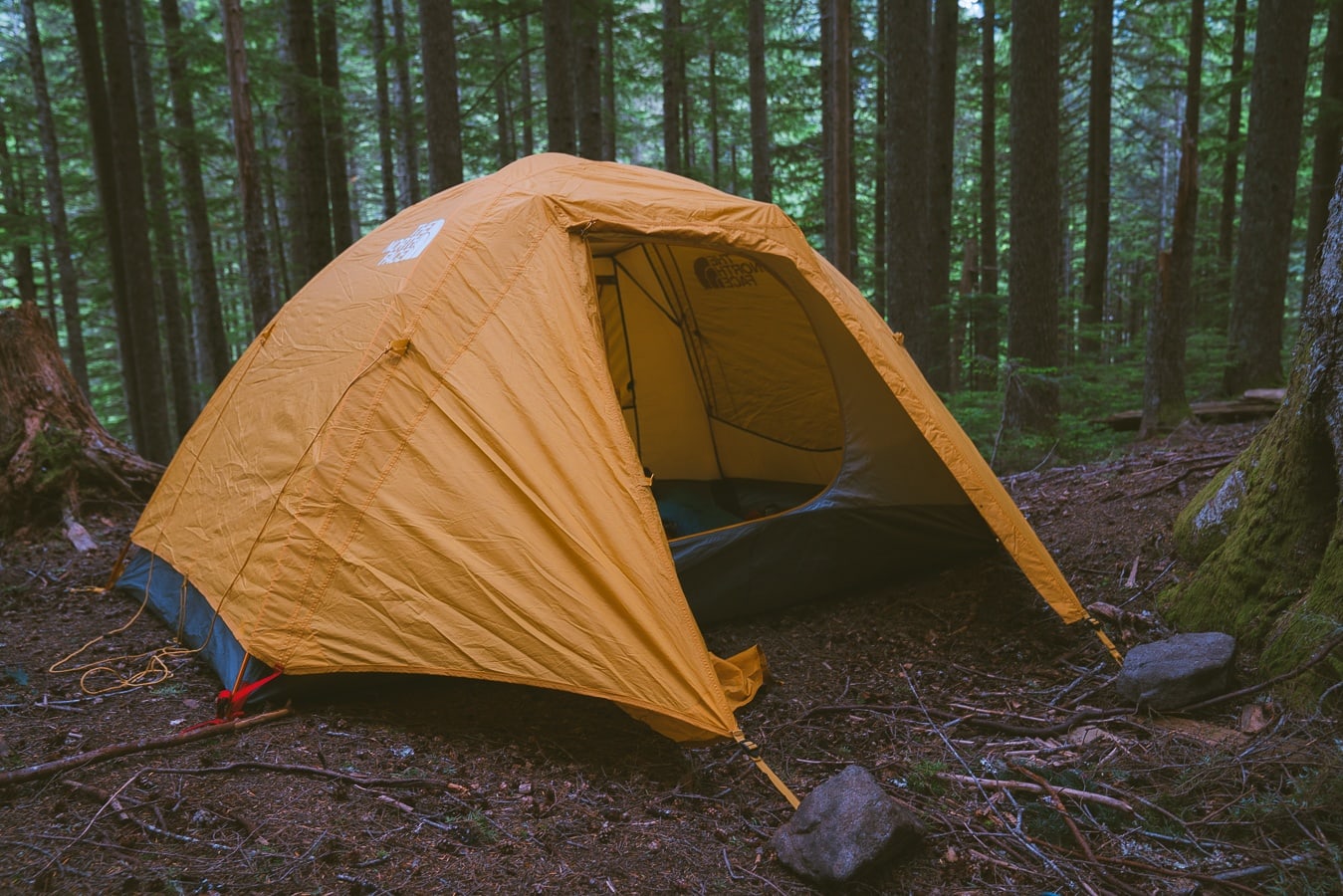
It is vital to hike and camp in already made trails and campsites to avoid destroying fragile plants.
Travel On Trails
- When hiking, try to stay on the already made trail. Do not cut through switchbacks as this can destroy beautiful wildflowers and plants.
- Let people pass you if they are hiking faster but try not to step on the fragile flowers and plants.
Travel Off Trails
Traveling off trails: When someone is traveling off the trails due to bathroom use or are exploring around their campsite.
Surfaces that ok to walk on:
- Rock, sand and gravel
- Ice and Snow
- Dry grasses
Surfaces that are not ok to walk on:
- Wet meadows and other fragile vegetation like flowers
- Living soil: Crypto living soil is found in desert regions and is very delicate to foot traffic. You can read about it here.
- Desert Puddles and mudholes: Hey, I have run out of water in the desert before. I know how crucial water is in these areas.
Camp On Durable Surfaces
Camping On High Use Areas
- Try to camp on already made camping surfaces as much as possible to avoid destroying vegetation. You can usually tell where the camps are located because the location has already lost their vegetation cover.
- Try to camp at least 200 feet away from water. Some designated campsites are close to the water, so it is ok, but please check the rules beforehand.
- You can also find sites on top of rock, sand, and gravel.
- Try not to camp near the trail.
Camping In Pristine Areas
- These are usually the less traveled trails. Spread out your tents and change up the location of the tent every night.
- Wear soft shoes
- Camp 200 feet away from water but check regulations.
Dispose of Waste Properly
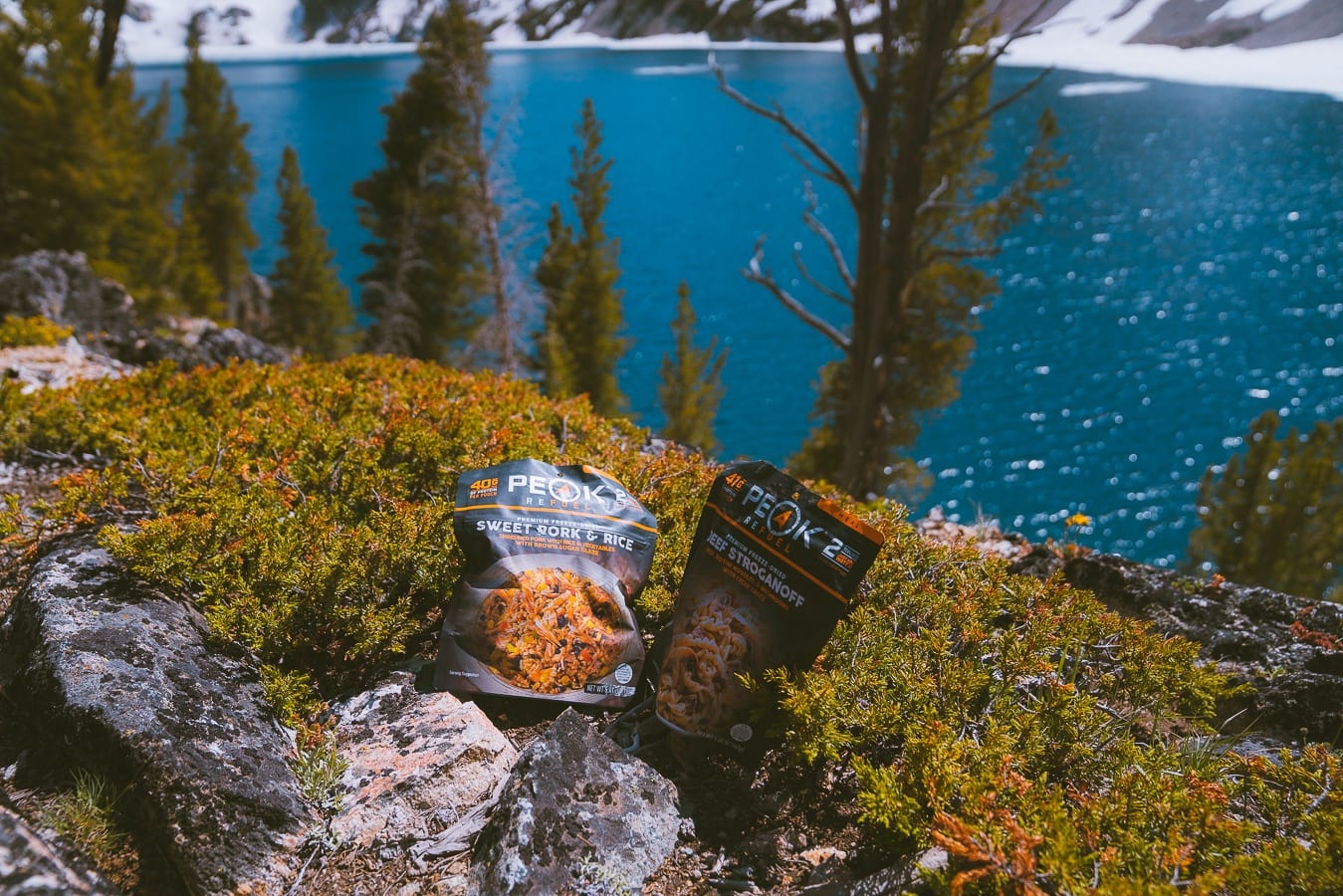
Pack in pack out everything you brought! That includes food. Orange peels, banana peels, and sunflowers seeds need to be packed out. Bring a trash bag and pack out all the food that was not eaten. I also like to pick up trash from other people on trails. It is gross, but if I don’t do it, who will?
Human Waste
The worst thing in the world would be to step on someone else’s poop while you are hiking! I would probably die if this happened to me. So the best thing to do is to dig a 6-8 inches deep cat-hole that is 200 feet away from any water sources. You don’t want to contaminate your water source. >>>I Use This Shovel To Bury My Waste
If the toilet paper is white and non-scented, you can dispose of it in the cat-hole with human waste, but it is better to pack it out, especially in desert regions where it might be challenging to bury waste.
Tampons should not be buried as they don’t decompose as fast as toilet paper. What I like to do is to put my tampons inside of my dog’s poop bag and throw it out when I get home. You can’t see what is inside, and I get the biodegradable kind.
On the note of pets, please make sure to pack out their waste or bury it. It is always best to pack it out. >>>I use this to carry out my dogs waste
Waste Water
When washing dishes, make sure to stay 200 feet away from any water sources. Use hot water and biodegradable soap to wash the dishes and, in the end, use a mesh strainer to pick up the small bits of food leftover. Scatter the water over the ground, hopefully away from the campsite, for bear safety reasons.
Leave What You Find
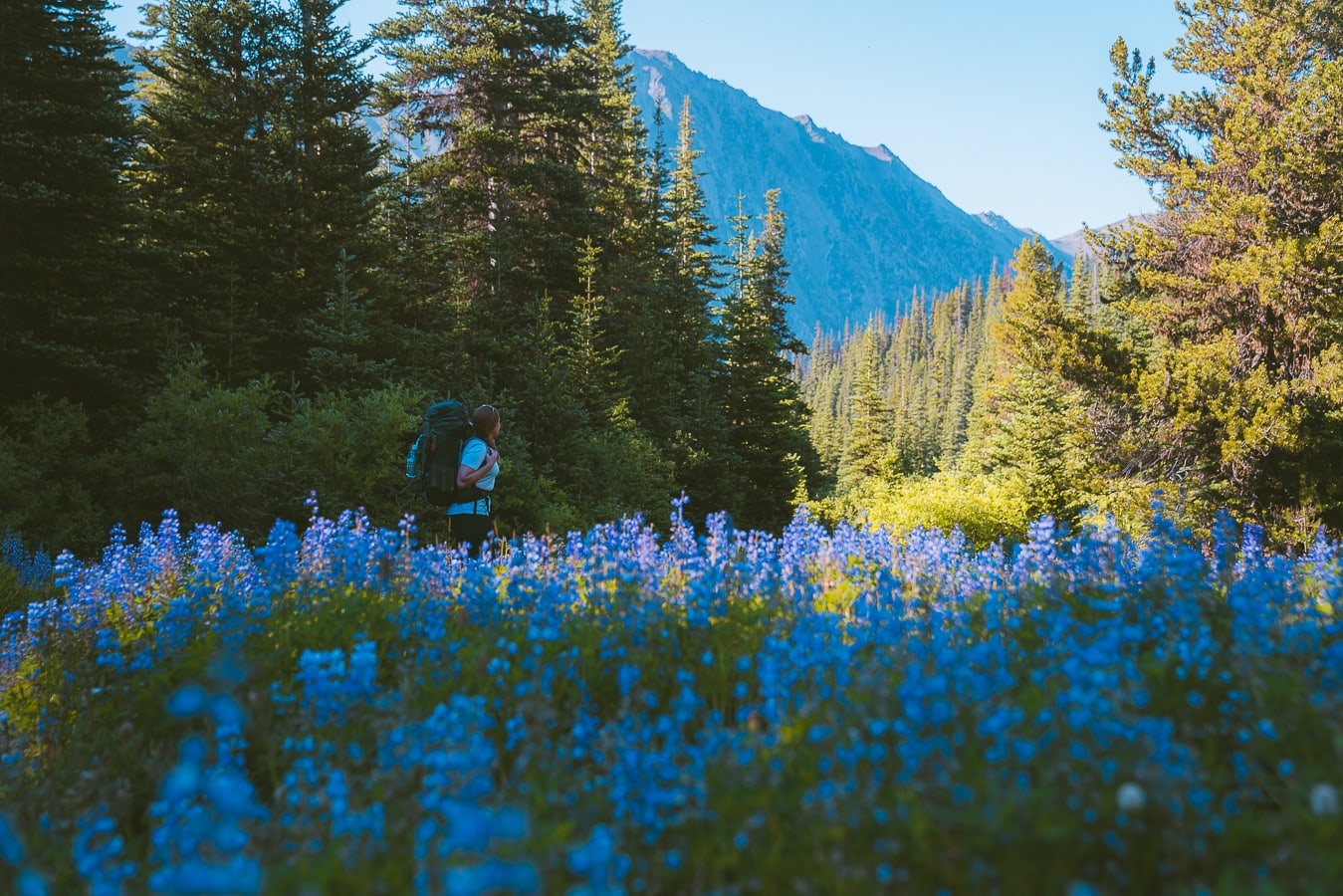
This is probably the simplest and easiest rule to follow. Everything you see outdoors, please leave it there for other people to enjoy. You might think “well taking one rock home will not do anything bad,” but if everyone had the same thoughts as you, then there will be no rocks left for anyone to enjoy. The same thing goes for flowers.
Also, some animals use these items as shelters, food, etc. So you don’t want to deprive them of it. Another great tip is to not carve names on trees, or hammer nails into trees to hang things.
Minimize Campfire Impacts
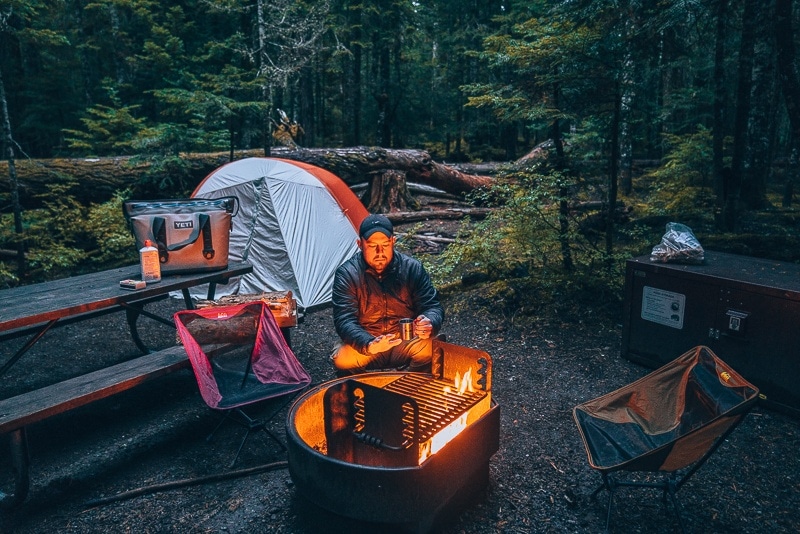
As a kid, I dreamed of one day making yummy s’mores right next to a campfire with all my friends and family members while we told ghost stories. There is something so magical about campfires that I love! Now that I am older and finally experienced it, I don’t build as many fires as you think I would.
For starters, it can be kind of expensive and a pain to start and clean up. In most situations, I use my stove because it’s easy and efficient, and the LNT website encourages us to use a stove.
Also, please note that this LNT principle is probably the most important one. Any one of us can cause horrible devastation to an area, so please pay extra attention to this rule. At the time of writing this, there are devastating fires in California and Colorado, and it is incredibly sad to see all the damage these fires are causing.
Should You Build A Fire?
- Are their restrictions in the area? If there are rules not to build a fire, do not create a fire.
- Is there enough wood to build a fire? It would be best if you did not create a fire in higher elevations where wood is scarce. Always make fires where wood is abundant.
- Is there an existing fire ring? It is encouraged to use an existing fire ring instead of making a brand new one.
- Do you have enough water to put out the fire? The fire needs to be fully put out. Also, NEVER leave the fire unattended. Be aware that winds can help a fire burn stronger. Even if you think the fire is out, double-check.
- Are there dead and downed wood? It is best to use this type of wood instead of chopping up a live standing tree.
- Where did you get your firewood? It is best to use wood from the local area. Firewood from different regions can bring critters that are not local and can cause havoc.
- Pack out any trash left around the fire, of course. When you go, make sure the fire ring looks like you weren’t even there.
Respect Wildlife
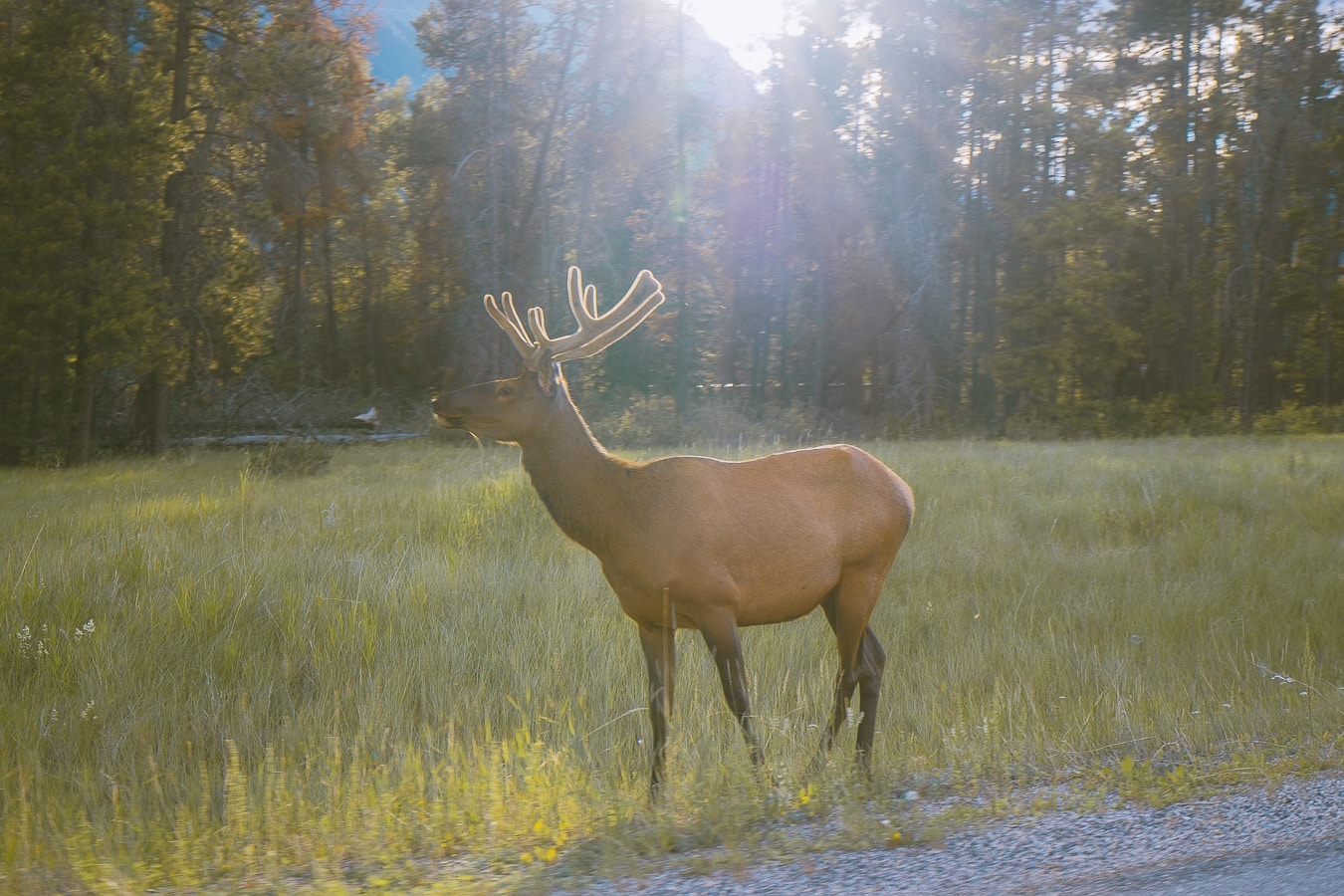
I think out of all the leave no trace principles, this one is the hardest for people to implement. Most people seem to have respect for bears and keep away from them, but I have noticed that when it comes to more docile animals, some people tend not to listen to this rule.
For example, I continuously see people feeding squirrels and birds. I see people getting close to moose and buffalo, which is insane to me because they can easily throw you up in the air.
Please do not feed the animals! No matter how cute they are, do not feed them. What happens if you give a puppy human food? They tend to get diarrhea! They are not used to our food, don’t you think it is the same for a small little squirrel? You don’t know how they will react to it.
Chipmunks have attacked my backpack to get food, and I have never budged on giving them one scrap. I am pretty strict about this rule, and I think you should be too.
Bears are usually killed off if they interact with humans, so please, if you are in bear country, listen to the rules on food storage. I am always so sad when I see videos of bears getting fed by people because I know they will be killed 🙁
Try not to camp near water because wildlife might need that water source, and if you are near the water, they might be too scared to drink it. Or you might contaminate the water as well.
This Is Very Important Subject So Please Read More About Wildlife Here
Be Considerate Of Other Visitors
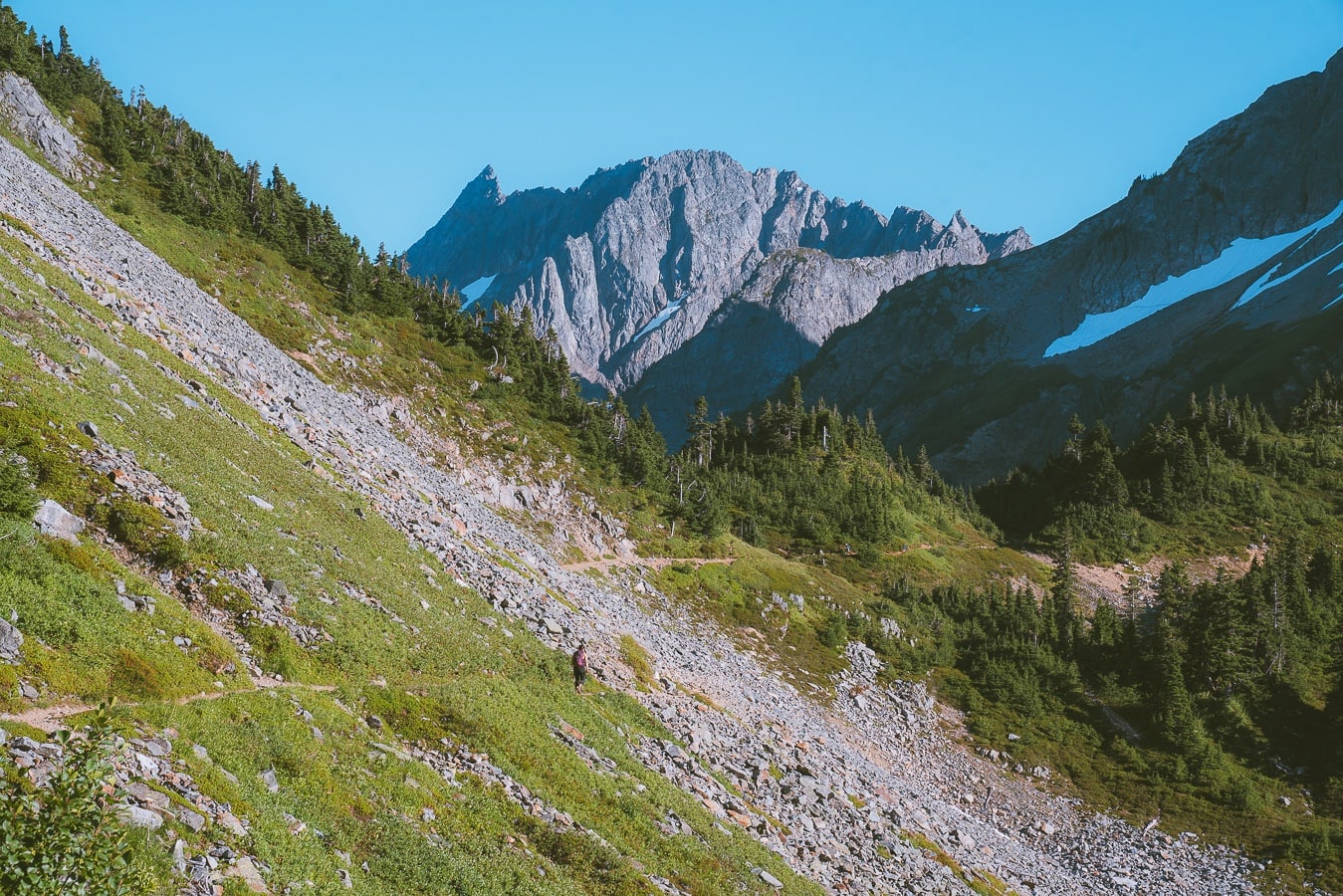
Trail etiquette is a pretty important subject that everyone needs to know about before hiking. Here are some tips:
- Do not bring a speaker and turn on loud music while hiking. An earbud might be a better solution, but please note that you need to be able to hear people coming from behind, in case they need to pass.
- Make sure your pet is leashed and pick up after them. Not everyone likes dogs.
- People going uphill have the right of way.
- Move over for people hiking faster than you.
- Horses have priority, followed by hikers, and then bikers.
- Again, do not leave trash and pick up after yourself.
Grab Your Free Car Camping Checklist! 🚗🌲
Ready to elevate your car camping game? Snag our essential checklist to ensure you’ve got everything you need for a stress-free, fun-filled adventure! Perfect for beginners and seasoned campers alike. Download now and hit the road prepared! 🌟🎒
Social Media And Leave No Trace
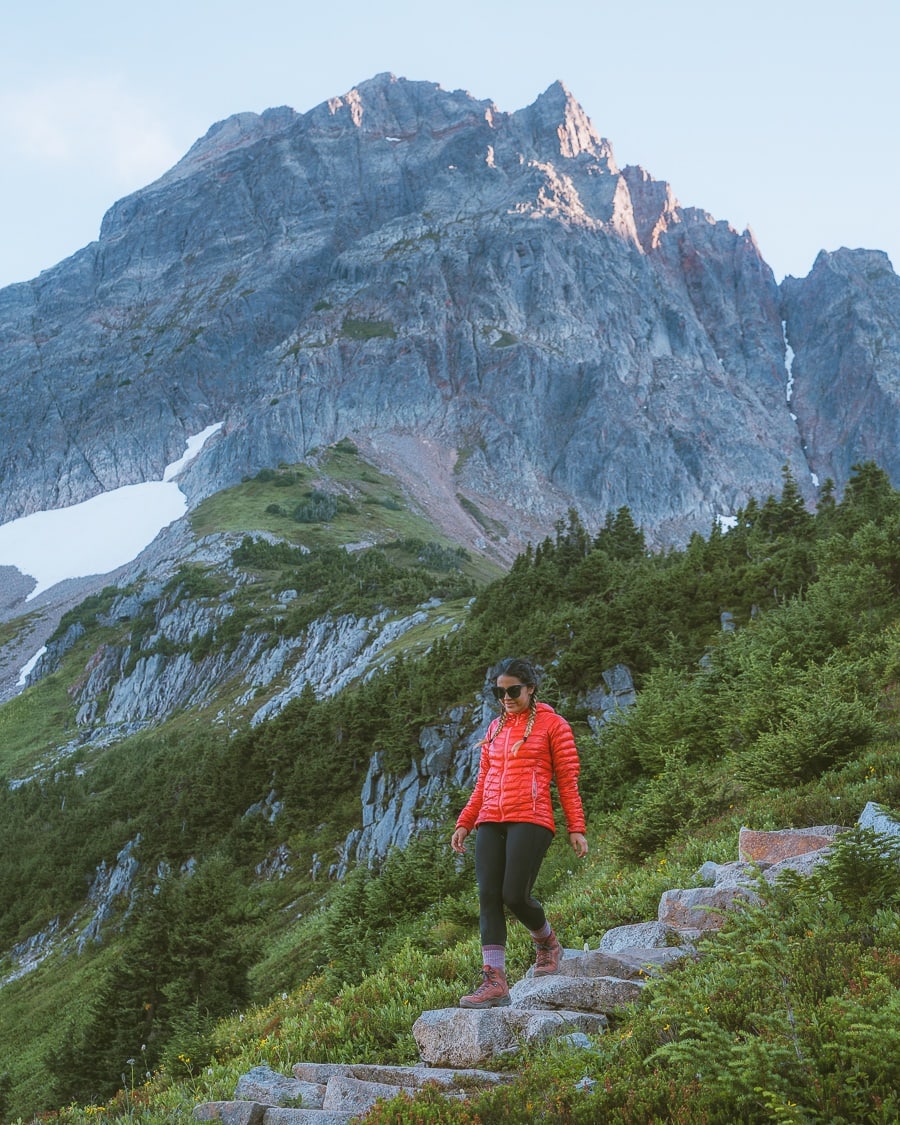
Ahhhh, the hot topic of geotagging! This is a pretty sensitive discussion in the outdoor community. I do think about this before I geotag certain locations. You can read more about it here and here are some tips for this:
- Does the community want more people here? There are many areas where the community encourages tourism because that is how they make money, but some areas are not like that.
- Is it a fragile area that can not take the masses of people? For example, Horseshoe Bend can withstand the hordes of people, while other small unknown places can not.
- Try to tag a general area. I like to say I’m in the North Cascades, for example, instead of tagging a specific trail or viewpoint.
- My stance on this subject is that I am not a fan of “gatekeeping,” mainly because I know minorities have been the ones with the disadvantages of this subject. So if people ask me, I do tend to message them the location. But I don’t geotag the specific location for the whole world to see.
Final Thoughts On Leave No Trace Activities
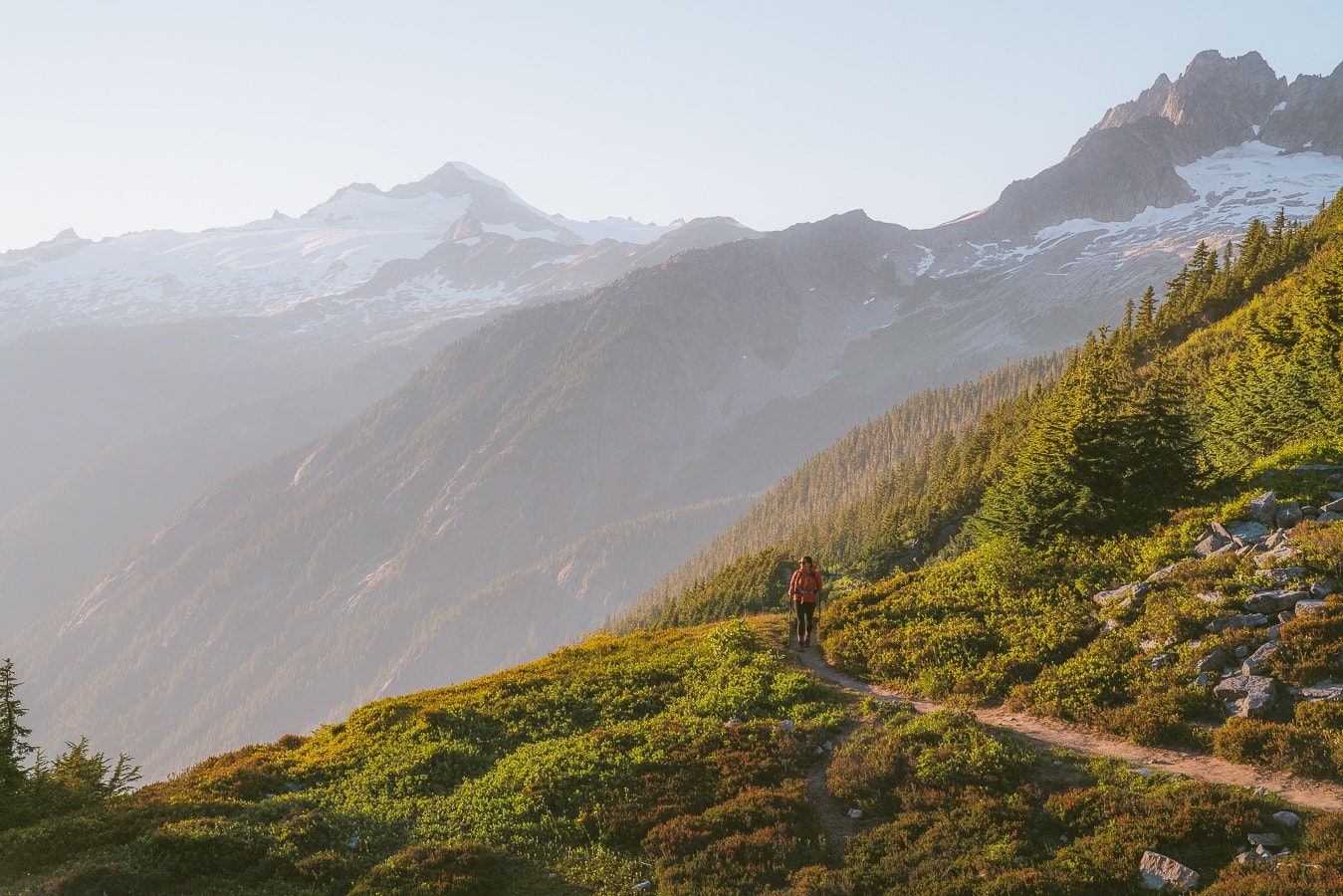
Thanks for reading about the important principles. All outdoor enthusiasts should know about the LNT principles, so please share this article or the LNT website with friends and family members. The more we talk about it, the more likely people will follow. Thanks again for reading and check out some other outdoor posts:
- Wildlife Safety Tips
- How To Prevent and Treat Blisters When Hiking
- The Best Budget Backpacking Gear
- The 12 Mind-Blowing Health Benefits Of Hiking
- The 26 Best Hikes in the World | Most Beautiful Hiking Trails
Claim your FREE Hiking Checklist
Ready to start hiking? Grab my free hiking checklist and never forget anything at home!
Seven Principles Of Leave No Trace: Pin For Later
